Home>Gardening & Outdoor>Outdoor Recreation & Activities>How Heavy Is A Bocce Ball?
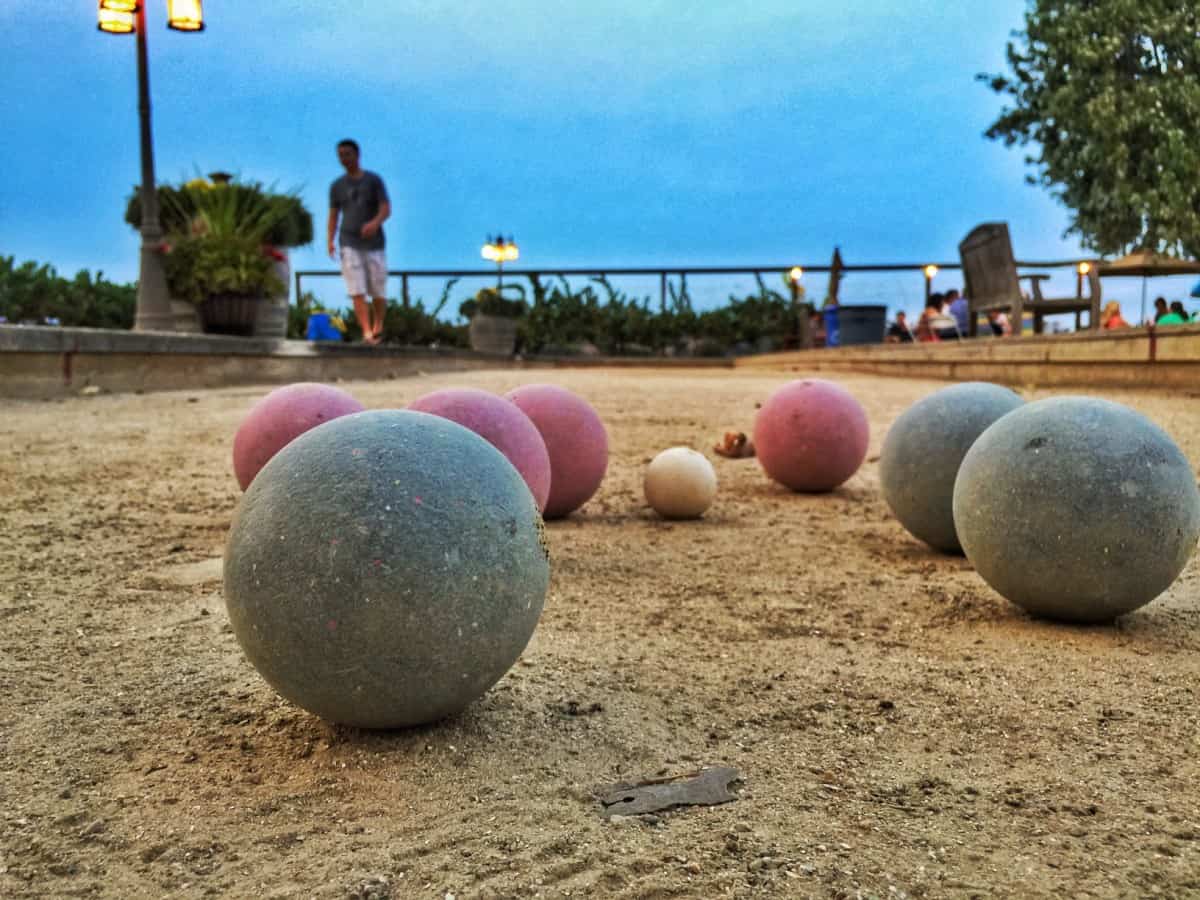

Outdoor Recreation & Activities
How Heavy Is A Bocce Ball?
Modified: August 27, 2024
Discover the weight of a bocce ball for outdoor recreation and activities. Learn about the standard weight and find the perfect set for your next game.
(Many of the links in this article redirect to a specific reviewed product. Your purchase of these products through affiliate links helps to generate commission for Storables.com, at no extra cost. Learn more)
Introduction
Welcome to the world of bocce ball, a beloved pastime that has been bringing joy to people for centuries. Whether you're a seasoned player or a newcomer to this timeless game, understanding the nuances of bocce ball, including its weight, is essential to fully appreciating the sport.
Bocce ball is not just a game; it's a social event, a chance to unwind, and an opportunity to showcase your skills. As you step onto the bocce court, you become part of a tradition that spans continents and generations. The clinking of balls, the strategic maneuvers, and the camaraderie all contribute to the unique charm of bocce ball.
In this article, we'll delve into the world of bocce ball, exploring its origins, the standard weight of a bocce ball, and the factors that can influence its weight. Whether you're a curious enthusiast or a dedicated player looking to deepen your understanding, join us on this journey to uncover the secrets of the bocce ball's weight. Let's roll into the fascinating realm of bocce ball and discover the significance of its weight in the game's dynamics and enjoyment.
Key Takeaways:
- The weight of a bocce ball, typically between 1 and 3 pounds, affects gameplay by influencing its momentum and stability, making it a crucial element in the strategic and enjoyable experience of the game.
- Factors such as material composition, regulatory standards, environmental conditions, player preferences, and cultural traditions all contribute to the weight of bocce balls, adding depth and diversity to the game while reflecting its rich heritage and enduring appeal.
Read more: What Is Bocce Ball?
What is a Bocce Ball?
Before we explore the weight of a bocce ball, it’s important to understand the essence of this iconic game. Bocce ball, also known as bocci or boccie, is a leisurely yet competitive sport that traces its roots back to ancient times. Originating in Italy, bocce ball has evolved into a popular pastime enjoyed in various countries around the world.
The game is typically played on a level, rectangular court, often made of crushed stone or artificial turf. The objective is simple: players take turns rolling bocce balls towards a smaller target ball, known as the pallino or jack. The strategic goal is to place the bocce balls as close as possible to the pallino, earning points based on proximity. This seemingly straightforward premise conceals a world of tactics, precision, and camaraderie.
Bocce balls, traditionally made of wood, have undergone a transformation, with modern iterations crafted from durable materials such as resin or metal. These materials not only enhance the longevity of the balls but also allow for more precise weight calibration, ensuring a consistent playing experience.
As a game that accommodates players of all ages and skill levels, bocce ball has earned a reputation for fostering friendly competition and social interaction. Its adaptability makes it suitable for leisurely gatherings, professional tournaments, and even Olympic competitions, emphasizing the widespread appeal and versatility of this timeless game.
Now that we’ve established the essence of bocce ball, let’s turn our focus to a fundamental aspect of the game: the weight of the bocce ball. Understanding the significance of bocce ball weight will deepen your appreciation for the sport and provide valuable insights into its gameplay dynamics.
The Weight of a Bocce Ball
When it comes to bocce ball, weight plays a pivotal role in determining the game’s dynamics and the strategies employed by players. A standard bocce ball typically weighs between 1 and 3 pounds, with variations based on the specific regulations of the game. The weight of a bocce ball is a carefully calibrated element that directly influences its trajectory, momentum, and interaction with the playing surface.
The weight of a bocce ball is a vital factor in achieving precision and control during gameplay. A heavier ball can exhibit greater momentum and stability, making it advantageous for certain strategic maneuvers, especially in outdoor settings where environmental factors such as wind may come into play. On the other hand, a lighter ball offers increased maneuverability and responsiveness, allowing players to finesse their shots with greater accuracy.
Regulations and standards set by bocce ball associations and organizations ensure that the weight of the balls remains consistent across different competitions and recreational play. This uniformity fosters a level playing field, where players can hone their skills and tactics without the unpredictability of varying ball weights.
Modern bocce balls are meticulously crafted to adhere to specific weight specifications, often through the use of high-quality materials such as resin or metal alloys. This attention to detail not only ensures compliance with regulations but also enhances the overall playing experience, providing players with reliable and balanced equipment.
Understanding the weight of a bocce ball goes beyond mere technicality; it is an integral aspect of the game’s allure. The tactile sensation of the ball’s weight in your hand, the anticipation as it leaves your grip, and the satisfying thud as it makes contact with the playing surface all contribute to the immersive and sensory nature of bocce ball.
As we delve deeper into the world of bocce ball, it becomes evident that the weight of the ball is not just a physical attribute but a defining characteristic that shapes the entire experience. Let’s explore the factors that can influence the weight of a bocce ball, shedding light on the nuanced considerations that underpin this beloved game.
Factors Affecting Bocce Ball Weight
Several factors contribute to the weight of a bocce ball, encompassing both intrinsic characteristics and external influences. Understanding these elements provides valuable insights into the nuanced considerations that shape the weight of bocce balls and their impact on gameplay.
Material Composition
The choice of materials significantly affects the weight of bocce balls. Traditional wooden bocce balls have given way to modern alternatives crafted from durable materials such as resin or metal alloys. These materials offer greater consistency in weight, allowing manufacturers to precisely calibrate the balls to meet standard regulations. The density and composition of the materials play a crucial role in determining the final weight of the bocce ball.
Read more: How To Throw Bocce Ball
Regulatory Standards
Bocce ball associations and governing bodies establish strict regulations regarding the weight of bocce balls used in official competitions. These standards ensure uniformity across tournaments and recreational play, fostering fair and equitable gameplay. Manufacturers meticulously adhere to these regulations, meticulously calibrating the weight of each ball to meet the specified criteria, thereby upholding the integrity of the sport.
Environmental Considerations
Outdoor playing conditions, such as wind and humidity, can influence the weight of bocce balls during gameplay. Heavier balls may offer advantages in windy conditions, maintaining stability and predictability during their trajectory. Conversely, lighter balls may be favored in calmer environments, providing increased maneuverability and precision. Players often consider these environmental factors when selecting the appropriate weight of bocce balls for a particular game setting.
Player Preference and Strategy
Individual players may develop preferences for specific bocce ball weights based on their playing style and strategic approach. Some players may favor heavier balls to capitalize on their momentum and stability, while others may opt for lighter balls to leverage their maneuverability and finesse. These personal inclinations contribute to the diverse strategies and tactics employed during bocce ball games, adding a layer of individuality to the sport.
Cultural and Regional Traditions
Across different regions and bocce-playing communities, cultural traditions and historical practices may influence the preferred weight of bocce balls. These regional nuances reflect the rich tapestry of bocce ball’s evolution and the diverse approaches to gameplay. Understanding these cultural influences enhances the appreciation of bocce ball as a global pastime with a rich heritage.
By considering these factors, we gain a comprehensive understanding of the multifaceted elements that contribute to the weight of bocce balls. These considerations underscore the intricate interplay between tradition, innovation, and individual preferences, shaping the captivating realm of bocce ball and its enduring appeal.
Read more: How To Build A Bocce Ball Court
Conclusion
As we conclude our exploration of the weight of bocce balls, we emerge with a profound appreciation for the significance of this seemingly simple yet crucial element in the game. The weight of a bocce ball transcends its physical attributes, encapsulating a blend of tradition, precision, and strategic finesse that enriches the bocce ball experience.
From the meticulous craftsmanship of modern bocce balls to the regulatory standards that uphold fair play, the weight of these spheres embodies a harmonious balance between tradition and innovation. The evolution of materials and manufacturing techniques has elevated the reliability and consistency of bocce ball weight, ensuring a level playing field for enthusiasts and professionals alike.
Furthermore, the nuanced interplay of environmental factors, player preferences, and cultural traditions adds depth and diversity to the weight considerations in bocce ball. Whether navigating windy terrains or embracing regional customs, the weight of bocce balls reflects the dynamic interplay between the game’s timeless heritage and contemporary adaptations.
As players step onto the bocce court, the weight of the balls in their hands symbolizes the convergence of skill, strategy, and camaraderie. Each roll, guided by the tactile sensation and calculated momentum, weaves a narrative of anticipation and excitement, culminating in the timeless pursuit of precision and proximity to the pallino.
Ultimately, the weight of a bocce ball is not merely a technical specification but a cornerstone of the bocce ball experience, inviting players to immerse themselves in a world of skillful maneuvers, spirited competition, and enduring traditions. It is a testament to the enduring allure of bocce ball, a sport that transcends generations, cultures, and boundaries, uniting players in the shared pursuit of joy and friendly rivalry.
So, as you embark on your next bocce ball adventure, remember the weight of the balls in your hands carries the legacy of centuries past and the promise of countless memorable games to come. Embrace the weight, savor the moments, and revel in the timeless charm of bocce ball.
Frequently Asked Questions about How Heavy Is A Bocce Ball?
Was this page helpful?
At Storables.com, we guarantee accurate and reliable information. Our content, validated by Expert Board Contributors, is crafted following stringent Editorial Policies. We're committed to providing you with well-researched, expert-backed insights for all your informational needs.
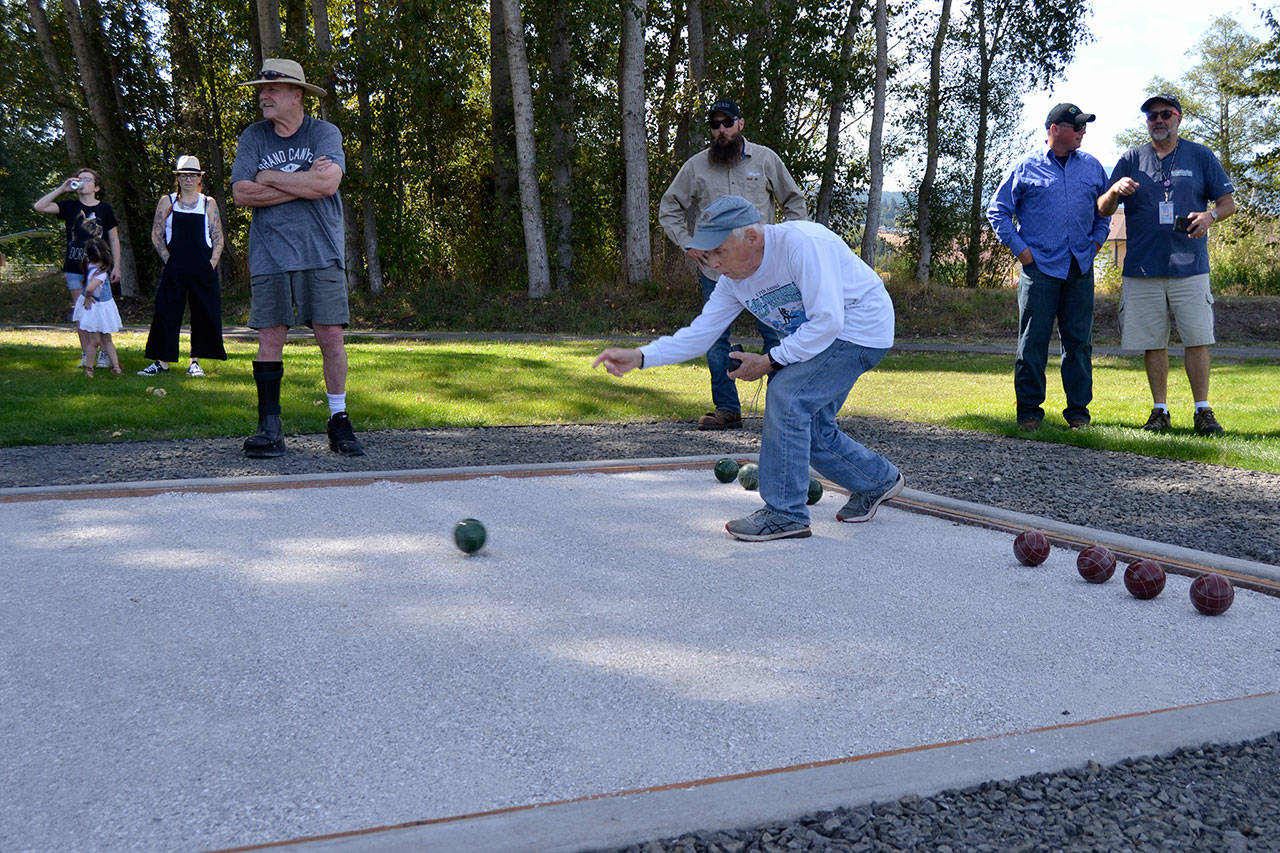

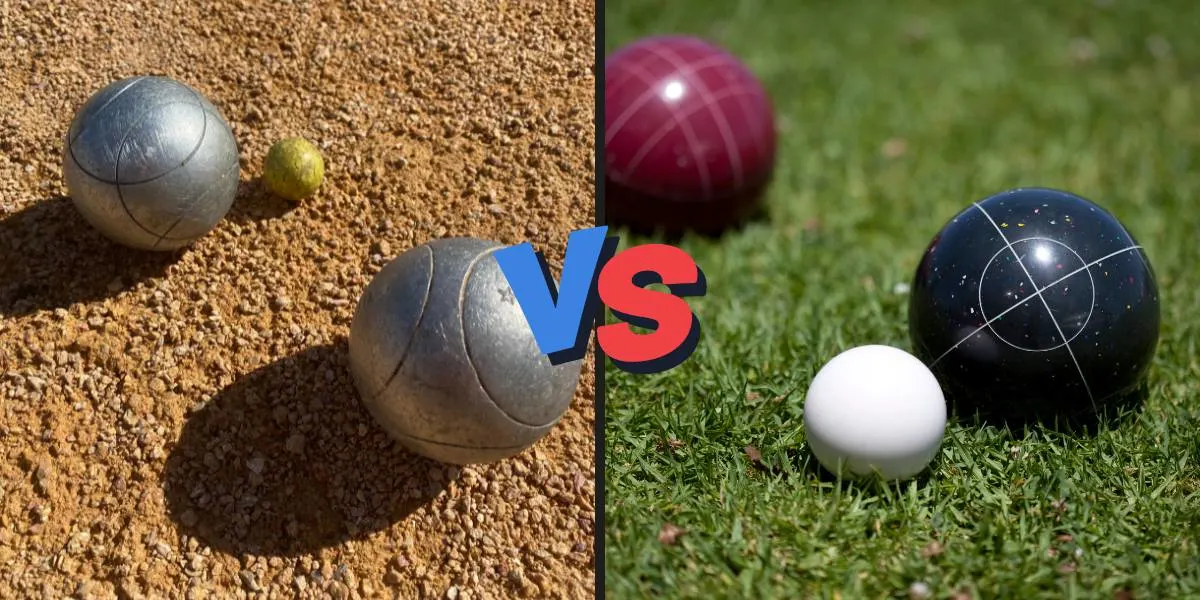

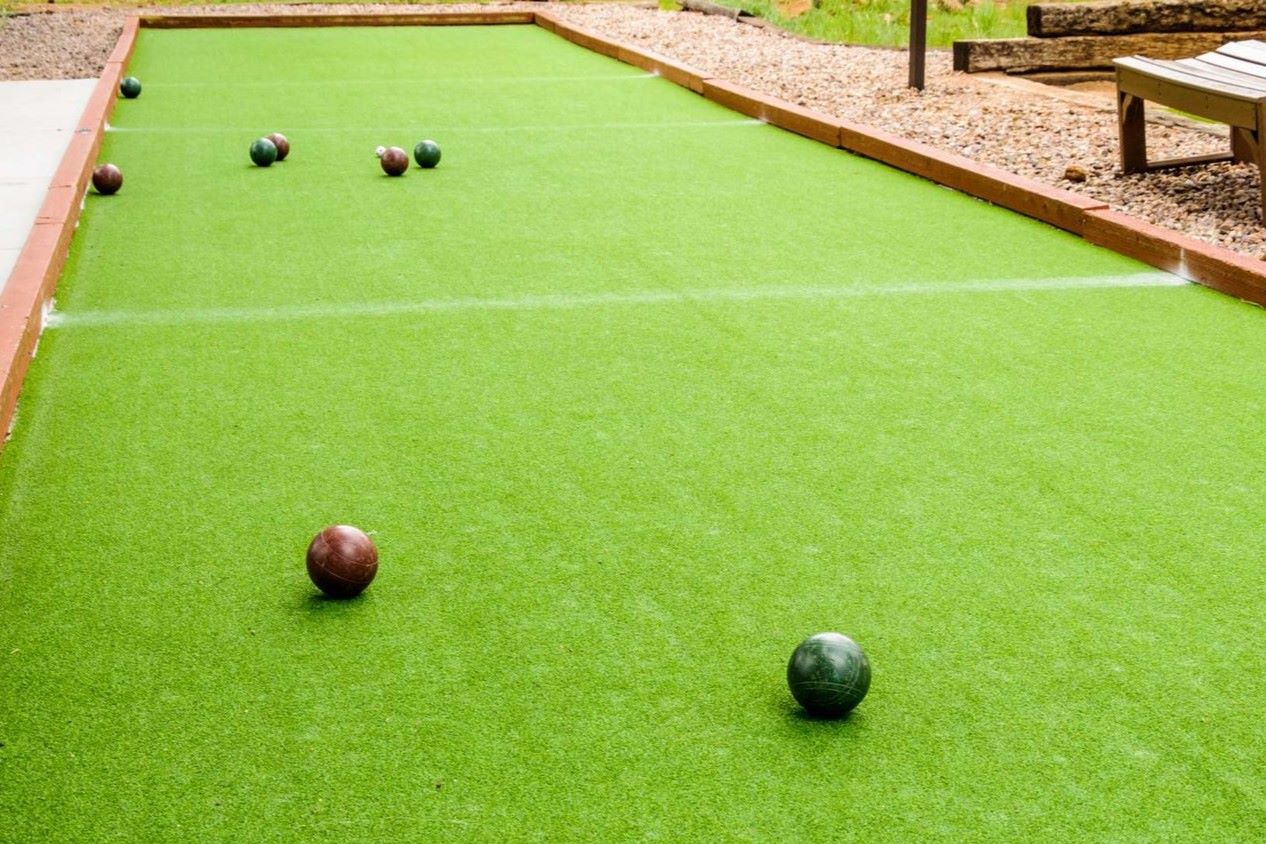


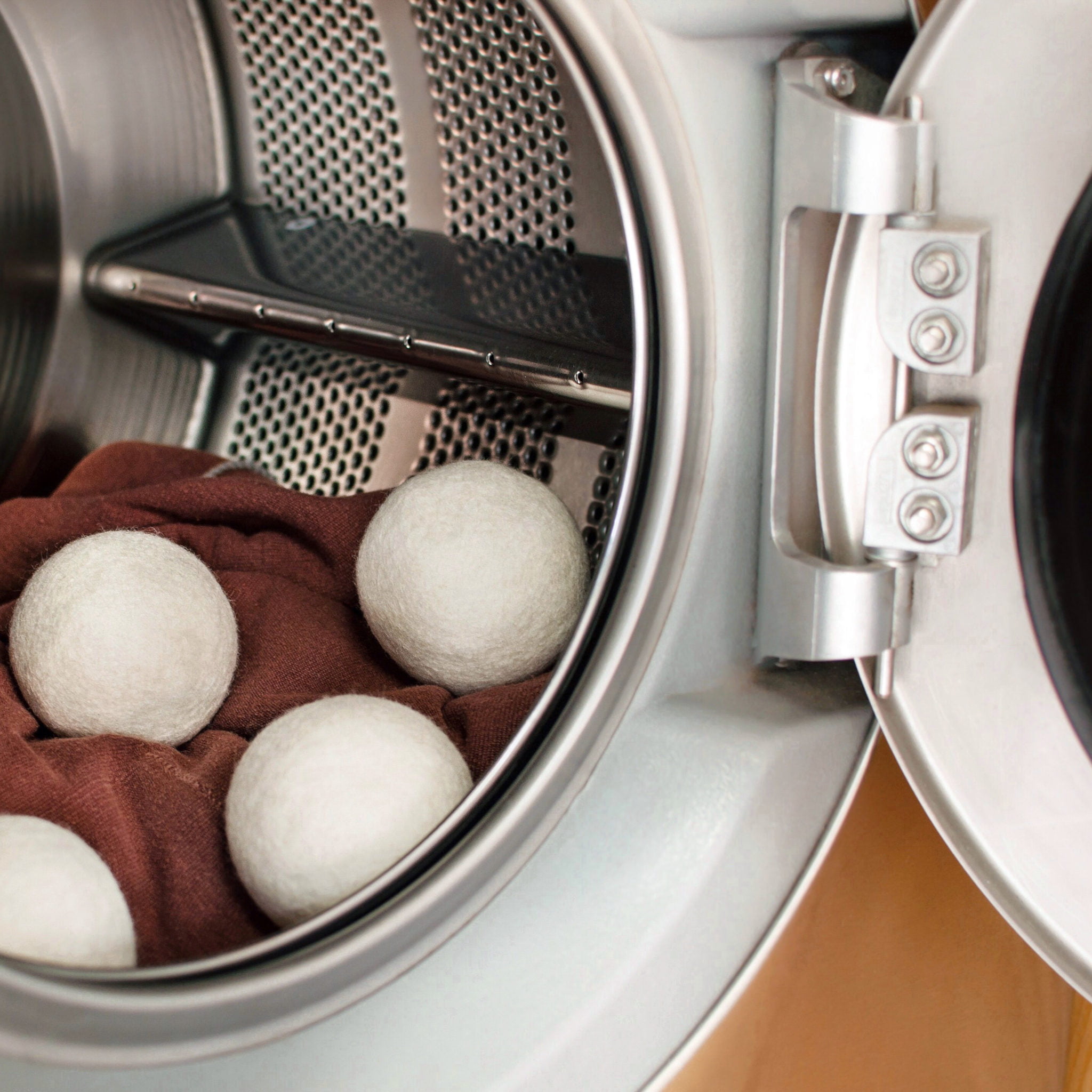

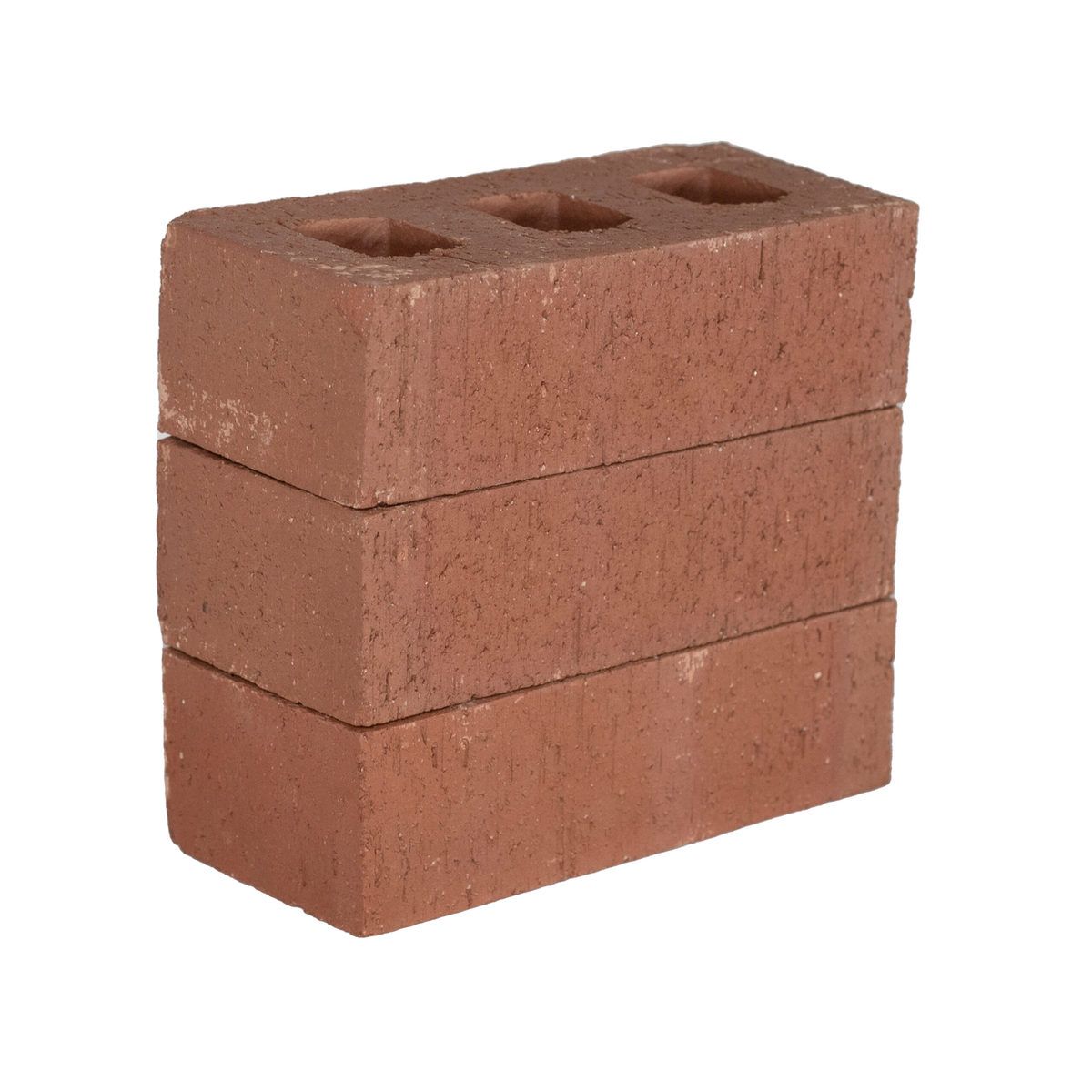
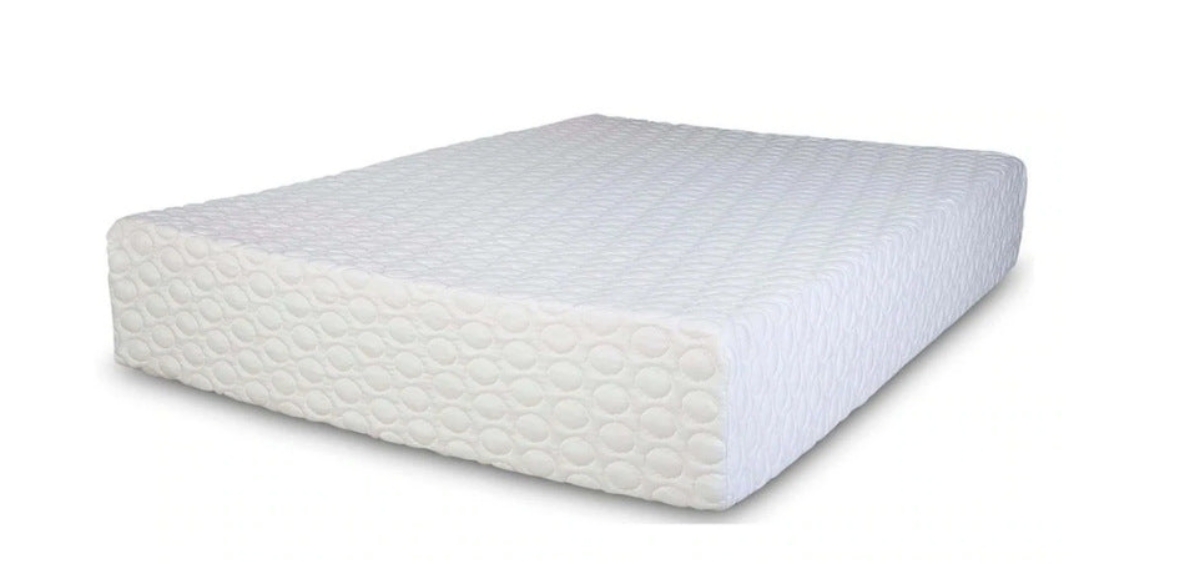
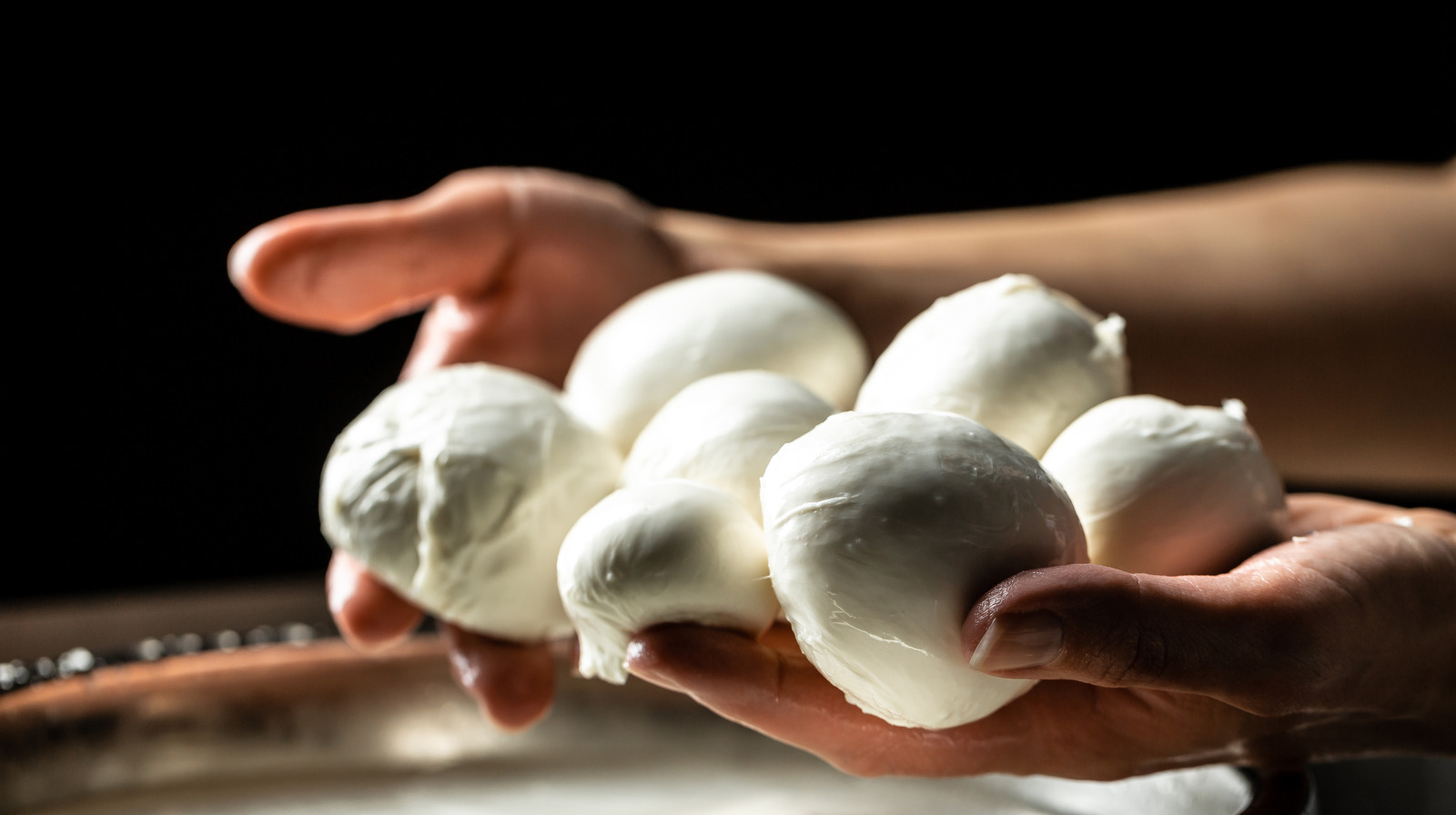
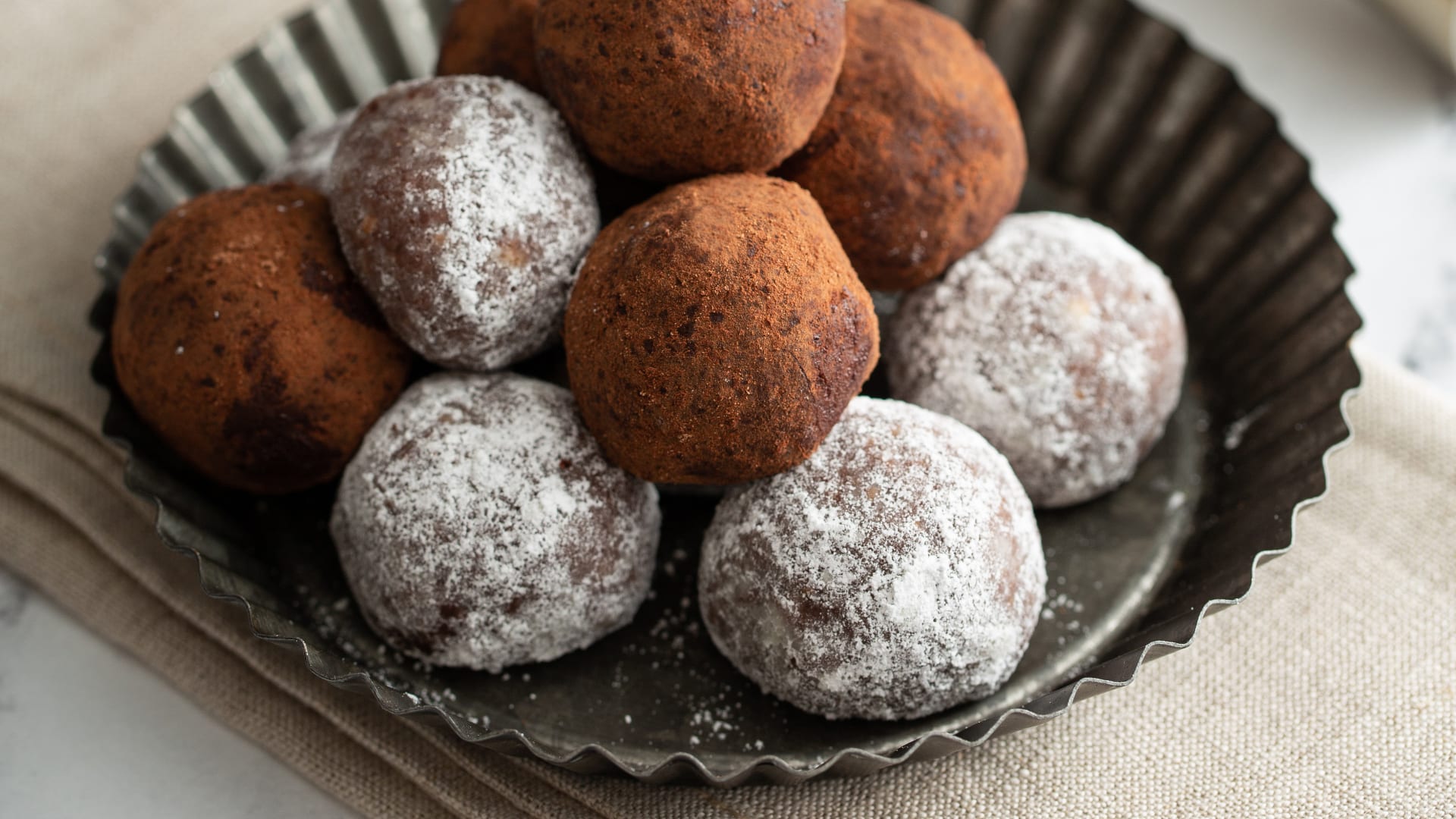

0 thoughts on “How Heavy Is A Bocce Ball?”